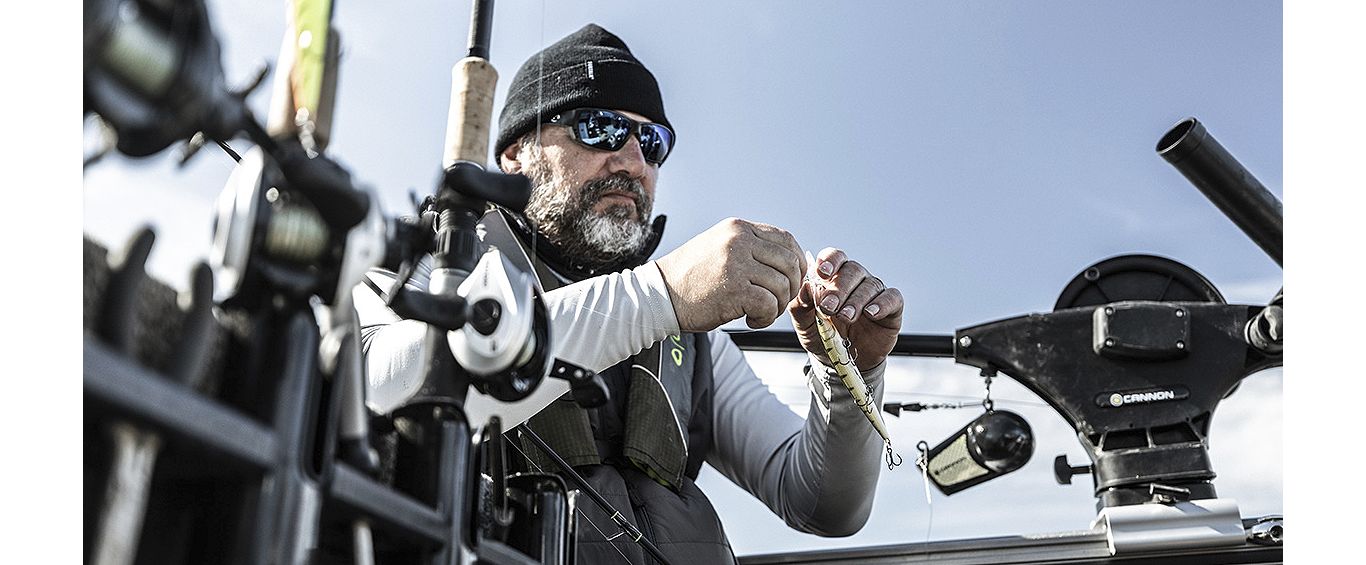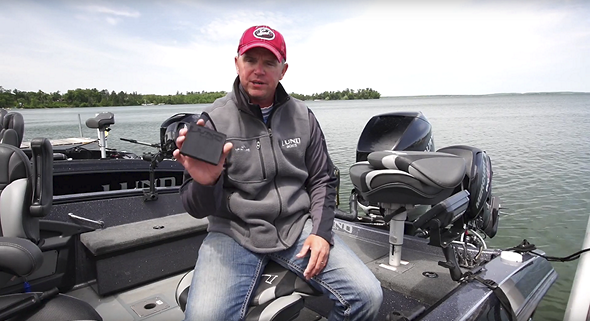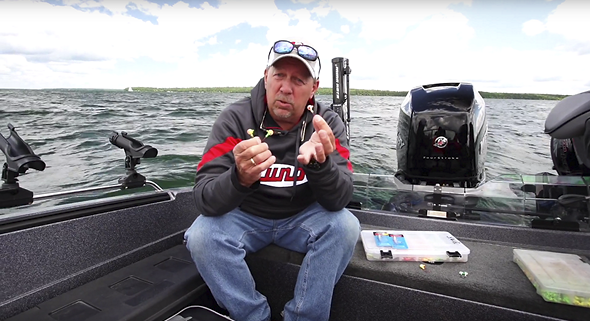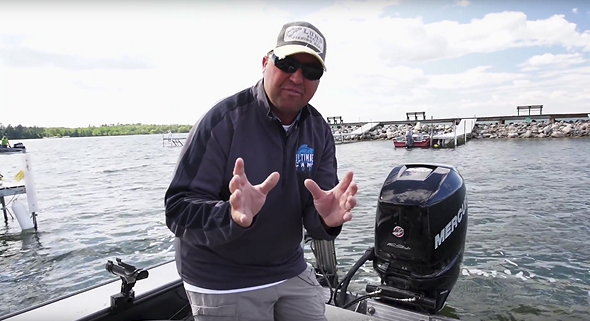
Do you favor braided fishing line, or do you feel that monofilament fishing line is the better pick? In all different types of fisheries, the monofilament vs. braided fishing line debate roils on endlessly. Whether you’re an amateur angler just getting into the game or you have plenty of experience casting from the deck of your prized Lund fishing boat, one thing is for sure: this question is a tough one to answer. But in truth, these are two different tools that excel in their own different ways.
The benefits of braid
Many anglers will argue that braid is the best fishing line because it doesn’t stretch. This gives it far superior sensitivity that lets you feel the smallest fish nibbling from literally hundreds of feet away.
The no-stretch characteristic also allows you to apply full hook-setting power no matter how much line you have out. You know the moment a bass has inhaled your plug, and when you jerk the rod tip back, that force is directly transmitted down the line and to your hook.
On top of that, braid has a thinner diameter than monofilament of an equal breaking strength, so you can pack more line onto a reel when using braid.
The magnificence of monofilament
Stretch in fishing line can be detrimental in some situations, but it’s a blessing in others. When you’d rather a fish not sense that anything is amiss as they slowly eat your offering—such as some live-baiting scenarios—line stretch is beneficial because the reduced sensitivity means the fish is less likely to feel tension or vibration.
Plus, when a big fish surges against a tight drag, mono’s stretch can help prevent a break-off. On top of that, monofilament is also far more abrasion-resistant than braid and is less likely to break after being rubbed against hard structures or the bottom of your fishing boat.
The bottom line
Neither monofilament nor braid is “best” because each has its own traits that can make either one better than the other in specific situations. If you’re jigging with artificial lures in deep, open water, braid will be the best choice thanks to its heightened sensitivity, hook-setting power, and thinner diameter. But if you’re drifting live shad on circle hooks, monofilament will prove to be the hands-down winner.
Arm yourself with both types of fishing line and choose which to use wisely. Your success rate will soar.
Sign Up
For our monthly eNewsletter "The Catch"



